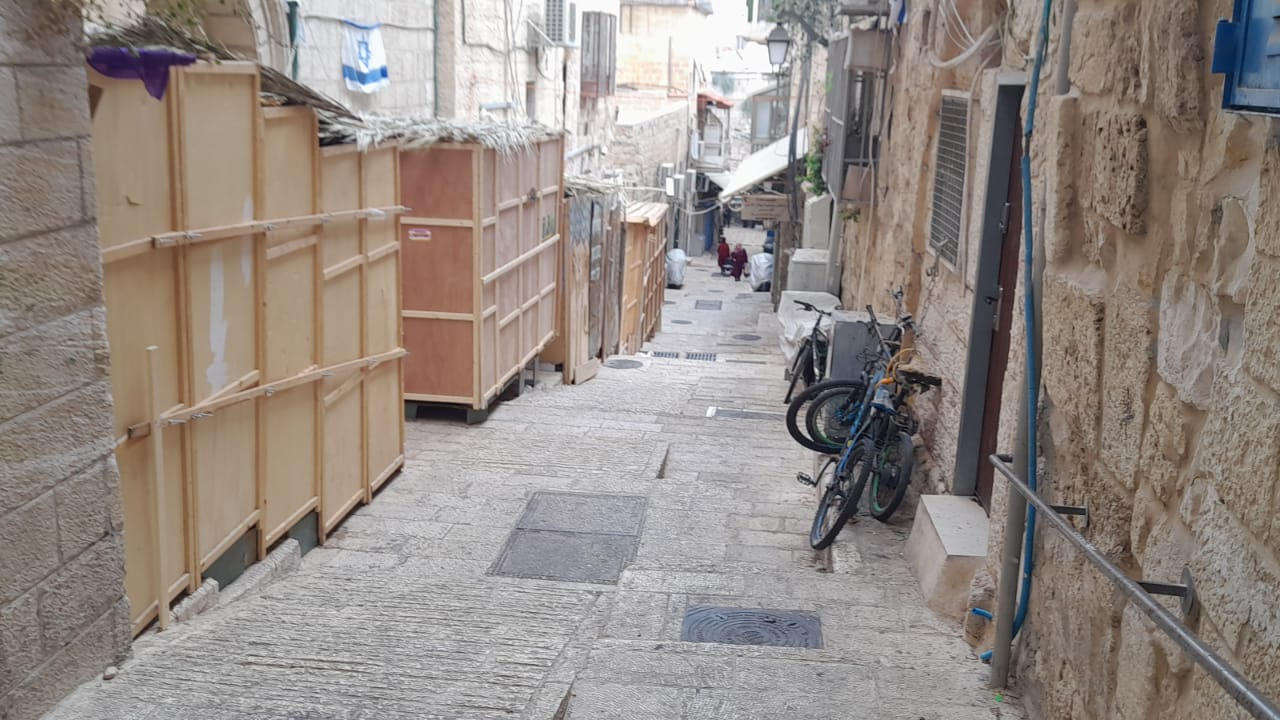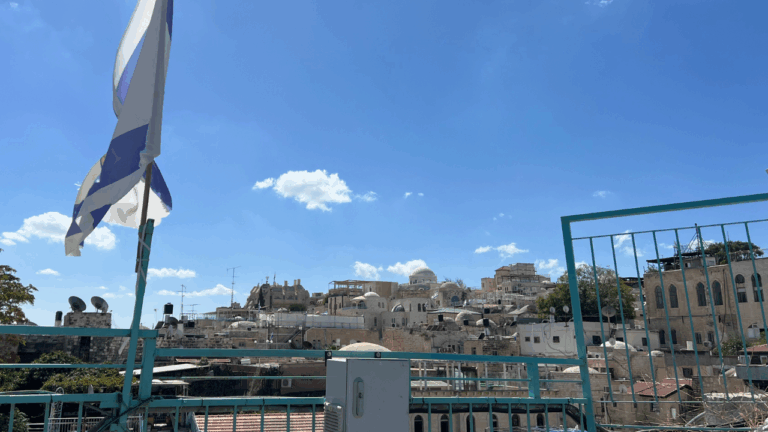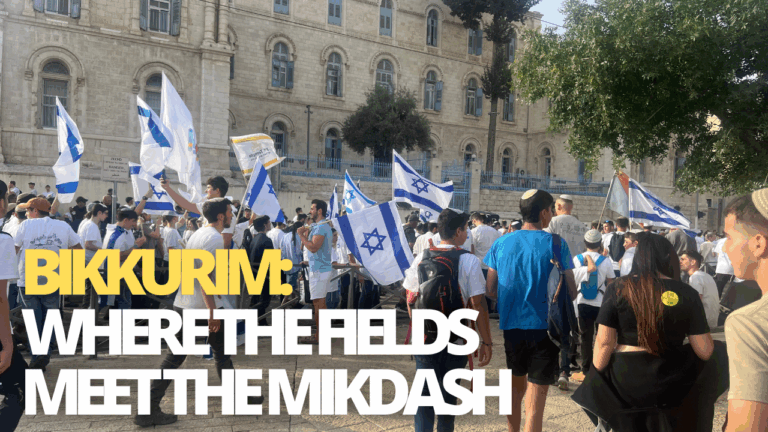Conquering Jerusalem With the Lulav
The mitzvah of Lulav is intimately bound with Yerushalayim. The Talmud records that outside the Beit HaMikdash there is only a biblical command to take the lulav on the first day of holiday. In the Beit HaMikdash, however, the mitzvah lasts all seven days. Rambam extends this status from the limited area of the Beit HaMikdash to the entirety of Yerushalayim.
This halakhic connection is highlighted by the historical record. During Bar Kochba’s revolt against the Romans, he minted coins to demonstrate the Jewish people’s independence. One prominent coin pictured the Beit HaMikdash on one side, adorned with the words “the first year of the freedom of Yerushalayim.” On the other side there appeared a picture of the lulav and the other species that are taken together with it. Clearly, Bar Kochba and the Jews of his time associated Yerushalayim, the Beit HaMikdash and the mitzvah of lulav.
Thus, there is clearly a halakhic and historical connection between the lulav and Yerushalayim. What, though, is the conceptual connection?
One angle, perhaps, is rooted in the Bar Kochba coin. He and his army were fighting for “the freedom of Yerushalayim.” The Lulav, then, is connected with this military fight for sovereignty over our city. Holding the Lulav aloft in the city represents the fact that we are continuing this struggle for ownership over city.
This idea links with a midrash that refers to the Lulav as a spear. In the aftermath of the fearful days of Judgement of Rosh HaShana and Yom Kippur, it is unclear who has won God’s favor – the Jewish people or their enemies. The midrash teaches that our lulav is like a spear being held up in victory. Similarly, that very same spear is used as part of struggle itself to gain control over our most holy city.
Interestingly, the Talmud Yerushalmi associates the Lulav with the beginning of the conquest of the Land of Israel. The Mishna relates that every day of Sukkot the Jewish people would encircle the altar once with their lulav, while on the seventh day they would make seven circuits. The Talmud Yerushalmi explains that this was done as a commemoration of the miraculous conquest of Yericho in which God told the Jewish people to encircle the city walls in this manner. Thus, the lulav represents the entire ongoing battle over our sovereignty over the Land of Israel – from the most outer border of Yericho to the inner sanctum of our capital city.
In short, the Lulav is deeply enmeshed with the city of Yerushalayim. One explanation for this phenomenon is that the Lulav represents our commitment to continue the ongoing struggle regarding control over our capital city. Soon, may we be able to parade our Lulavs in Yerushalayim as a symbol of God’s ultimate victory over the forces that want to wrest our city from our hands.



